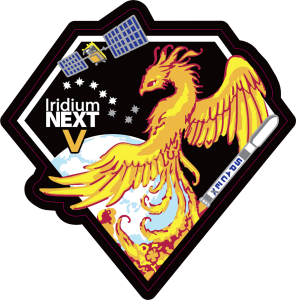It's been seven years since Apalachin native Doug Hurley flew in space. Since he piloted Atlantis for STS-135, the final space shuttle mission in July 2011, no astronauts have launched from the United States.
On Friday, NASA named the crews who will change that. Hurley's name is on the list.
Hurley, 51, will join Bob Behnken on SpaceX's Crew Dragon,
https://eighthball.blogspot.com/2017/09/von-brauns-trinity-prophecy_43.html
Dragon Star

https://www.nasaspaceflight.com/2018/08/return-dragon-crs-15-end-pacific-splashdown/
The splashdown wasn't the only Dragon-related news of the day. NASA also announced the nine astronauts who will fly on the first crewed missions of the astronaut-taxi version of Dragon and Boeing's CST-100 Starliner capsule.
The Descending Passage pointed to the pole star Alpha Draconis, circa 2170-2144 B.C. This was the North Star at that point in time. No other star has aligned with the passage since then.
The 344 ft. length of the Descending Passage provides an angle of view of only +/- 1/3 of a degree. Alpha Draconis has not been in alignment for thousands of years. The next alignment will be with the North Star, Polaris, in about 2004 A.D.
Polaris in Greek means Satan.
http://www.crystalinks.com/gpstats.html





Iridium 5/Dragon


On February 1, 2012 SpaceX announced that it had completed the development of a new, more powerful version of a storable-propellant rocket engine, this one called SuperDraco. This high-thrust hypergolic engine—about 200 times larger than the Draco RCS thruster hypergolic engine—offers deep throttling ability,[6] and just like the Draco thruster, was designed to provide multiple restart capability and use the same shared hypergolic propellants as Draco. Its primary purpose was to be for SpaceX's LAS (launch abort system) on the Dragon spacecraft. According to a NASA press release, the engine has a transient from ignition to full thrust of 100 ms. During launch abort, eight SuperDracos were expected to fire for 5 seconds at full thrust. The development of the engine was partially funded by NASA's CCDev 2 program. Name: Draco comes from the Greek drakōn for dragon. Draco (constellation) is a constellation (the Dragon) in the polar region of the Northern Hemisphere near Cepheus and Ursa Major.


No comments:
Post a Comment